Swimming Pool Maintenance 101

Keeping your swimming pool clean this summer isn’t as hard as you might think. No matter what kind of pool you have, regular maintenance is required. Even if you hire a service company to take care of your pool, some things you have to do on your own to ensure your pool stays sparkling clean. Here are six things to do when servicing your pool.
1. Clean Baskets and Debris
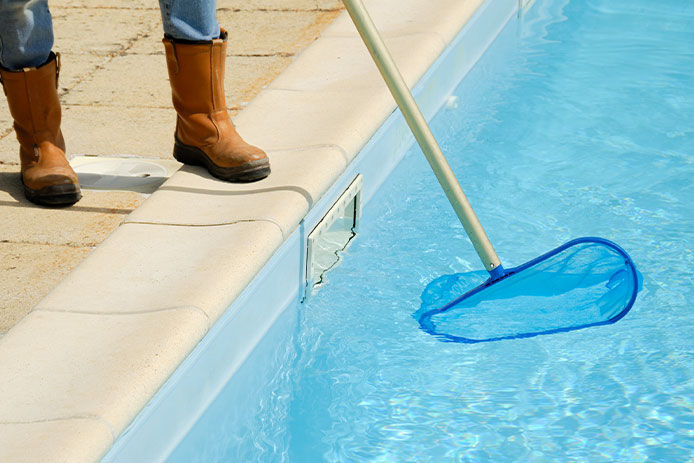
Use a hand skimmer or leaf skimmer to scoop out debris every few days. Debris will eventually sink to the bottom making it harder to clean out later. Skimming your pool helps increase the pool’s circulation system and also reduces the amount of chlorine that you need to add to your pool. Strainer baskets need to be cleaned out at least once a week, this will also help reduce chlorine demands. Simply remove the plastic basket from the side of above ground pools and in the deck of in-ground pools and shake it out.
2. Brush, Vacuum, and Wash the Tiles
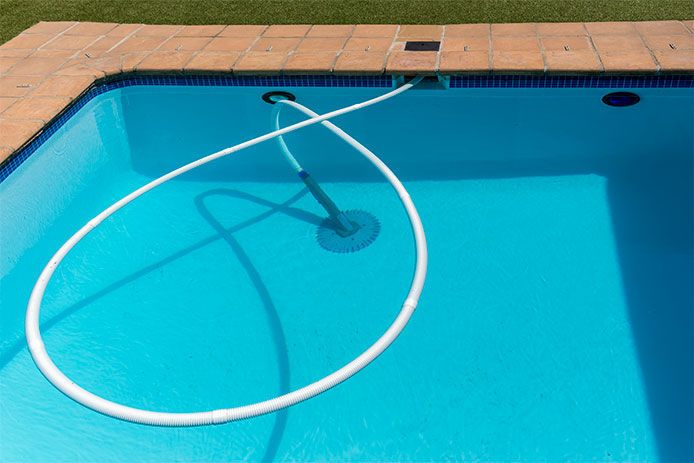
Brush the walls and the tile to help reduce algae buildup and calcium deposits. Algae and calcium can build up quick, it's recommended to do this once a week. Use a stiff brush for plaster-lined concrete pools and a softer brush for vinyl and fiberglass. You can also use a mixture of water and muriatic acid to brush away at the tiles. Use a soft brush for the tile to prevent scratching. Vacuums work back and forth over the floor's surface sweeping up debris, just like a carpet cleaner. There are many different types of pool vacuums you can choose from. Find the right vacuum for your needs. Vacuuming your pool every week will help keep the water clear and reduce the amount of chemicals you need to add to it.
3. Clean the Pool Filter

Filters remove dirt and debris that enters the pool. There are three different types of filters, sand, cartridge, and diatomaceous earth filters, each one has specific maintenance procedures, but all of them need to be cleaned periodically. It's possible to clean a filter too much, so limit how often you’re cleaning them. When you see an increase in flow between the pressure gauge and the flow meter when the difference reaches 10 to 15 pounds per square inch, it's time to clean the filter.
4. Check the Water Level
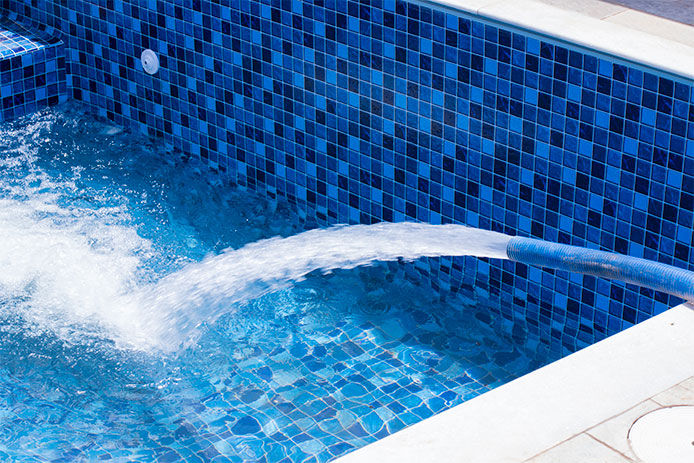
Over the course of the summer the water level in your pool will lower, due to splashing, evaporation, and exiting the pool. Check the water level when you clean the pool to ensure it doesn’t fall below the level of the skimmer. If the water gets too low it can damage the pump. Use a garden hose to bring the water back to a safe level. It's recommended to leave water in the pool during the winter because the weight of the water counteracts with forces from the ground pressing up against the pool from below.
5. Balancing pH Levels
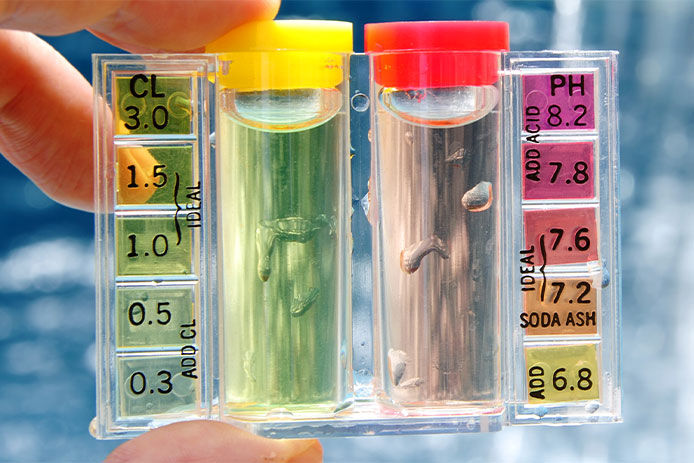
pH is the measure of acid and base in the pool water. Use a test strip to monitor the pool’s pH levels. Corrosion of the pool surface can happen when the pH levels are more to the acid side of the scale. If the levels drift too far to the base side of the scale, cloudy waters, deposits, and scaling can occur. pH levels should be tested on a weekly basis. Keep the pH level around 7.5. You can use a pH increaser to bring up the pH and a pH decreaser to lower the pH level.
6. Shock and Algaecide the Pool
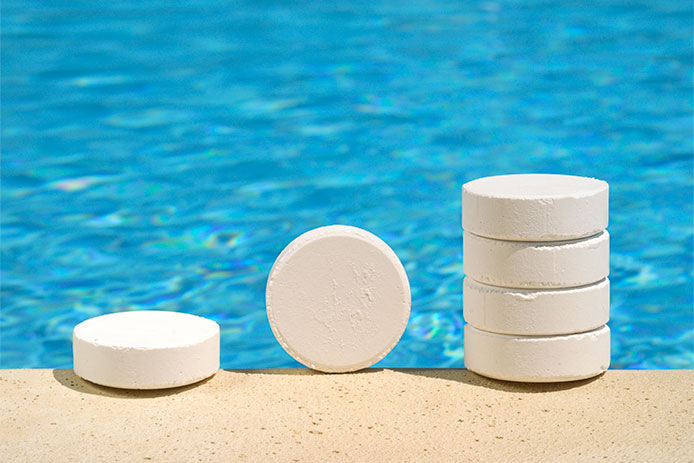
Shocking your pool, or super chlorinating the water, adds a large amount chlorine to the pool to combat the natural contaminate buildup of ammonia and nitrogen. Pools need to be shocked once a week and others can go much longer. Follow manufacturer’s instructions when shocking your pool. Use an algaecide after shocking the pool to prevent algae from starting and growing in the pool.
With your pool deck and pool cleaned and well maintained it's time to sit back and soak up the sun rays, but remember to wear sunscreen! Head into your local Do it Best store for all your pool supplies, including fun floats and toys!